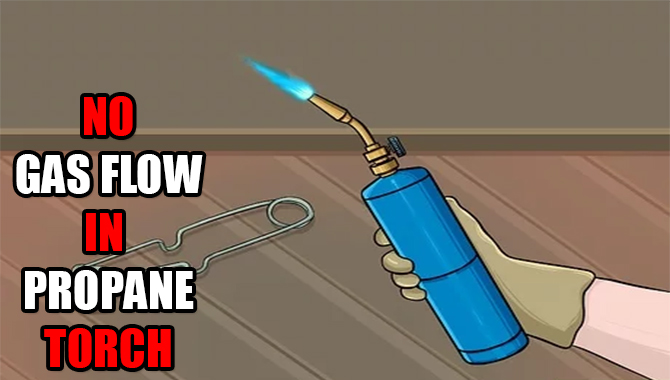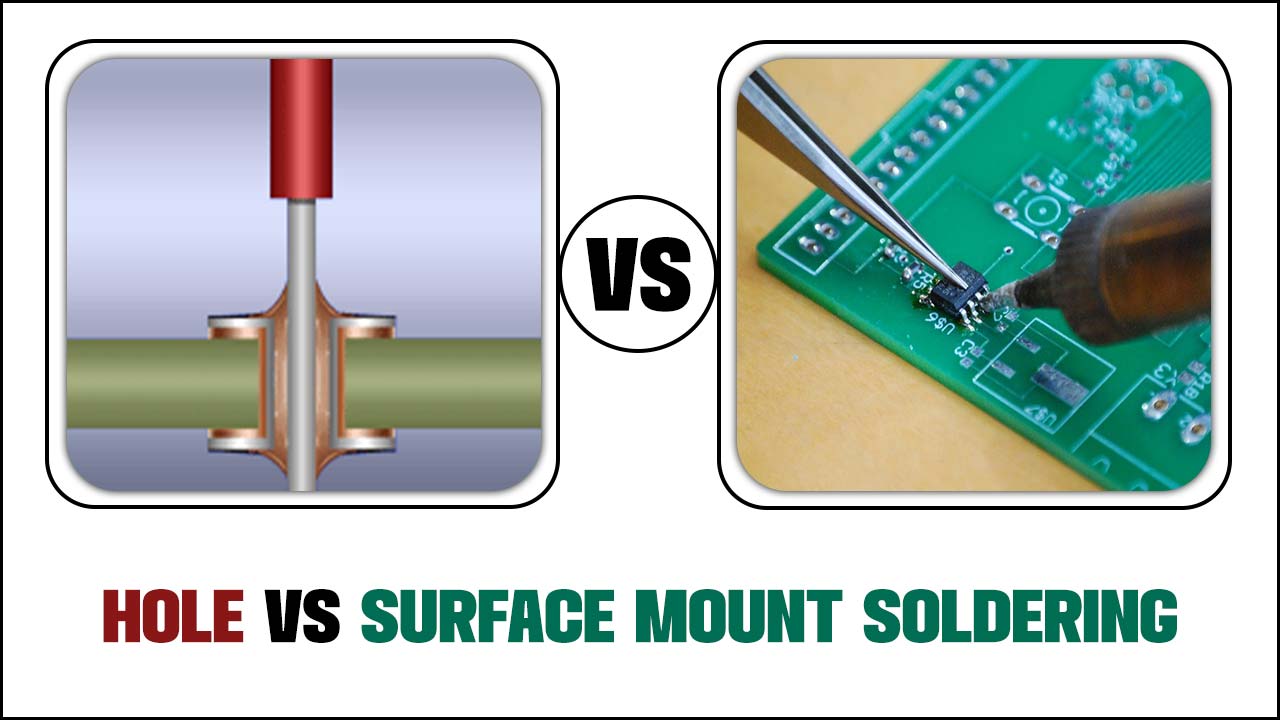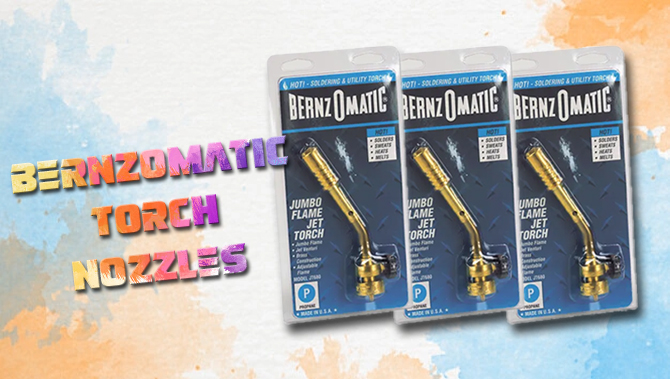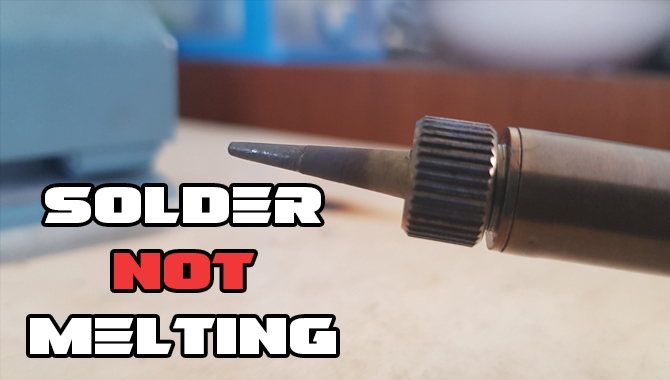Torches have always been a crucial tool for us. Sure. The shapes and sizes have changed throughout its existence, but the usage remains the same. Among all the other torches, the propane torch is one of the most popular and useful torches.
It’s popular because propane is more energy-efficient than other fuels, even better than natural gas. Propane torches are reliable and compact in size, which makes them easier to use daily.
But hey, at the end of the day, it’s a tool, and tools can sometimes need your attention. Suppose you are putting your propane torch in use, and suddenly the strength of the flame starts getting a bit weak, or the flame isn’t coming out at all. So what should I do when no gas flow in propane torch?
It’s obvious that it now needs your attention. But you’re not sure what’s the problem. Well, don’t sweat it because we are here to help you figure out the problem and give you a proper solution.
Before we start working on the problem, we must find out what’s causing this. So without any further delay, let’s jump right in.

What’s Causing Your Propane Torch To Not Work Properly?
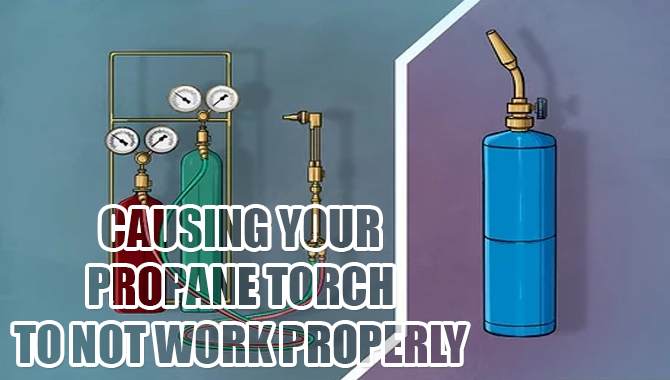
Before we inspect what’s causing the problem, we must know how the torch works. Knowing how it operates will help us understand what’s causing the issue.
Basically, it’s divided into 2 parts: the propane fuel cylinder and the torch, which helps ignite the propane.
When you ignite it, the fuel is transferred from the tank to the burner’s tube, where it mixes with air which makes it burn through the nozzle.
So when your propane torch isn’t working properly or has stopped working completely, the nozzle is clogged, making the gas unable to flow out from the fuel tank.
Now we know what’s the problem with our propane torch. You might be wondering how to fix this? Well, no fear when we are here. We’ll guide you through everything you need to know. So let’s get to work.
No Gas Flow In Propane Torch – What To Do?

No matter how compact or reliable the torch seems, it is still a tool that ignites the flame. So we must be really careful with it. But don’t stress out. Unclogging a torch isn’t that hard. In fact, it’s quite easy.
Before doing anything, wear protective clothing; it’s not completely necessary, but more safety equals a better workflow. Then put on your safety gloves. Now we are ready to fix that nasty torch.
Just A Quick Reminder: If the torch was used a while back, wait for it to completely cool down before inspection.
To unclog a propane torch, we need a pot, 1 or 2 liters of water, a stovetop, and your utmost attention.
1. Take A Medium-Sized Pot
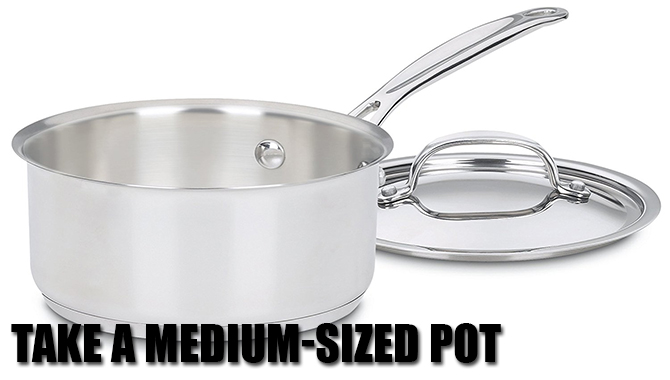
It’s better if it’s not a pot that you use regularly. Fill 70% of the pot with water. Put it on the stove and raise the heat so that the water gets boiled quickly.
2. Remove The Nozzle From The Torch
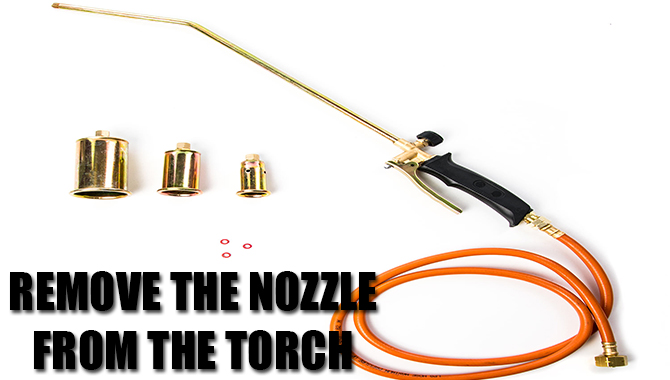
Hold the propane torch firmly with one hand and grab the nozzle with another hand. Slowly rotate the nozzle counterclockwise. You’ll notice that it’s getting easier to rotate the nozzle. Once it’s unscrewed, pull it off from the torch.
3. Take The Unscrewed Nozzle And Put It In The Pot
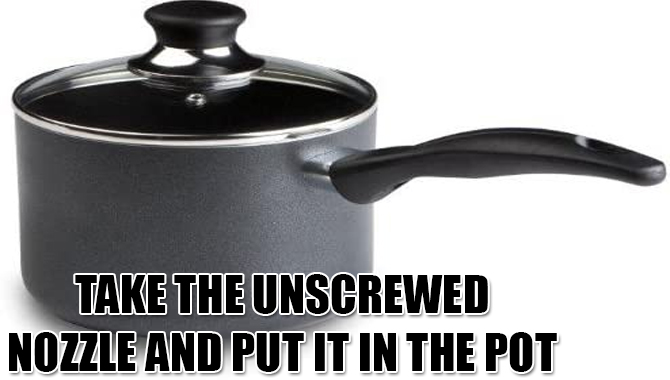
Assuming the water is really hot at this point, keep the nozzle in the water for about 10 minutes.
The water’s heat will break down the grease, debris, or whatever that was responsible for the clog. By putting in hot water, you’re also sanitizing the nozzle. So it’s a win-win situation if you ask us.
4. Put The Nozzle Out Of The Pot
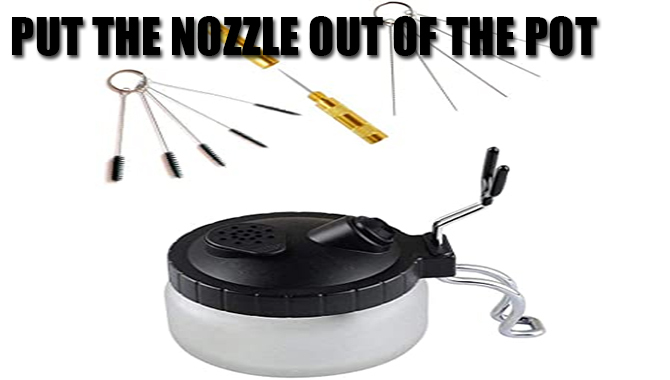
Once you’re done heating the nozzle with water, take a tong, pull the nozzle out of the pot, and put it on a drying mat.
Be cautious during this step, don’t touch the nozzle as it’ll be really hot at this point. Your hands will get burned even if you are wearing safety gloves. Turn off the stove and pour out the water.
As we have mentioned earlier, using a pot which you don’t use often is recommended. But if you intend to use the pot for cooking, clean the pot thoroughly before usage.
5. Grab The Nozzle And Shake It
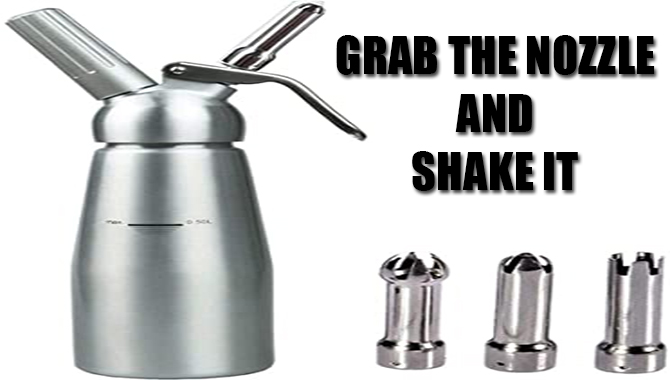
Once the nozzle is all cooled up, grab the nozzle and shake it like 5 or 6 times. You might need to shake it more; it depends. Shaking the nozzle will take out any remaining water which was inside it. Just to be sure, use a rag and rub off any remaining water.
Now take the nozzle and put it in the same position you took it out from. Rotate it clockwise, keep rotating until it’s screwed in tightly.
Test the propane torch. Although the boiling method should get the job done in most cases, sometimes your luck just isn’t that good. If the problem remains, don’t worry, we got another solution for you.
For the second solution, you have to repeat the boiling process.
- After boiling the nozzle in hot water, take a pipe cleaner (the plumbing ones) and dip it in dish detergent. Insert the pipe cleaner into the nozzle and start scrubbing it. It might take a few minutes but don’t lose your patience.
- Pour a sufficient amount of dish detergent into the nozzle and let it sit there for about 8-12 minutes. Detergents have degreasing properties which will break down any substance which was clogging up the nozzle.
- Take the pipe cleaner again and start scrubbing once the detergent has sat inside the nozzle for enough time.
- Now that you’ve scrubbed enough rinse the nozzle with cold water. Typically this will be enough, but if you feel that it needs boiling again, don’t hesitate to do so.
- Shake off any remaining water from inside and use a towel or mat to wipe the nozzle dry. After everything is done, blow the nozzle from one side with your mouth and double-check if the nozzle has been unclogged or not.
This should do the job, and now you have an unclogged propane torch nozzle. Attach the nozzle using the same process mentioned earlier. Put it on the torch and rotate it clockwise until it’s screwed in firmly.
Now that you know how to fix the problem. Isn’t it better to also know how to prevent it in the first place, or can it be prevented at all? Because an ounce of prevention is worth a pound of cure.
Why Do Torches Get Clogged, And How To Prevent Clogging?
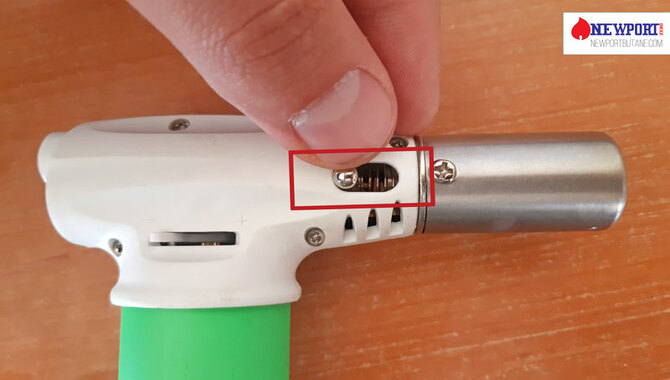
Torches are typically used for burning down weeds from the backyard or to heat paint so that you can take them off with ease.
Dealing with such stuff can generate debris that you might not notice. Even the propane considered a clean-burning fuel can leave some remnants of grease inside the nozzle.
Some people may tell you that using the torch too much can result in clogging, but that’s not true.
Many professional craftsmen have said that their torch gets clogged up even if they weren’t using it much. So don’t be afraid to use it as much as you want because you paid for the whole thing.
Now you may ask, so how do I prevent it from getting clogged in the first place?
Well, here’s a catch, no matter how much you try, you can’t prevent it from getting clogged. That’s just how it is. You can try and reduce the amount of time it gets clogged. But is it worth it?
To lower the amount of clogging, you must avoid using it on leaves, solder, or metal.
Yes, this is why we said, “is it worth it?” because that’s the very reason people buy propane torches for. Why would you not use your torch for the very reason it was made for?
Besides, it’s not that hard to clean a torch nozzle if you know the right steps. So just take out a bit of time and clean the nozzle every once in a while; we’re sure clogs will occur less often.
Final Words
Torches have been our friends for a long time, and we know that it can be tough for you when it doesn’t work properly. We tried our best to help you out from such situations.
But sometimes, people don’t want to get their tools fixed. They would rather buy a new one instead of going through a struggle.
Although we understand their action, we would still recommend that you follow our steps rather than buy a new one. You can invest that money elsewhere, and come on, fixing your propane torch doesn’t even require money, just a bit of effort.
But ultimately, it comes down to you. You know what’s best for you, and we respect that. We just hope we can influence your decision-making.
And if you want to fix the torch instead of replacing it, we would suggest you read the guide again for a better understanding. I hope now you know what should you do when no gas flow in propane torch.

